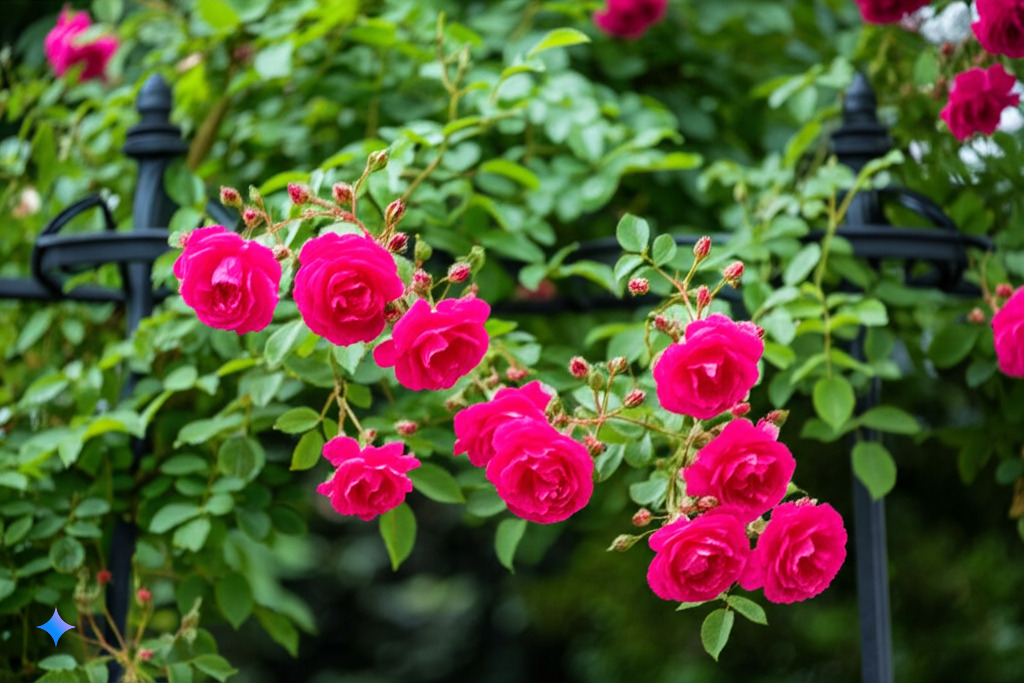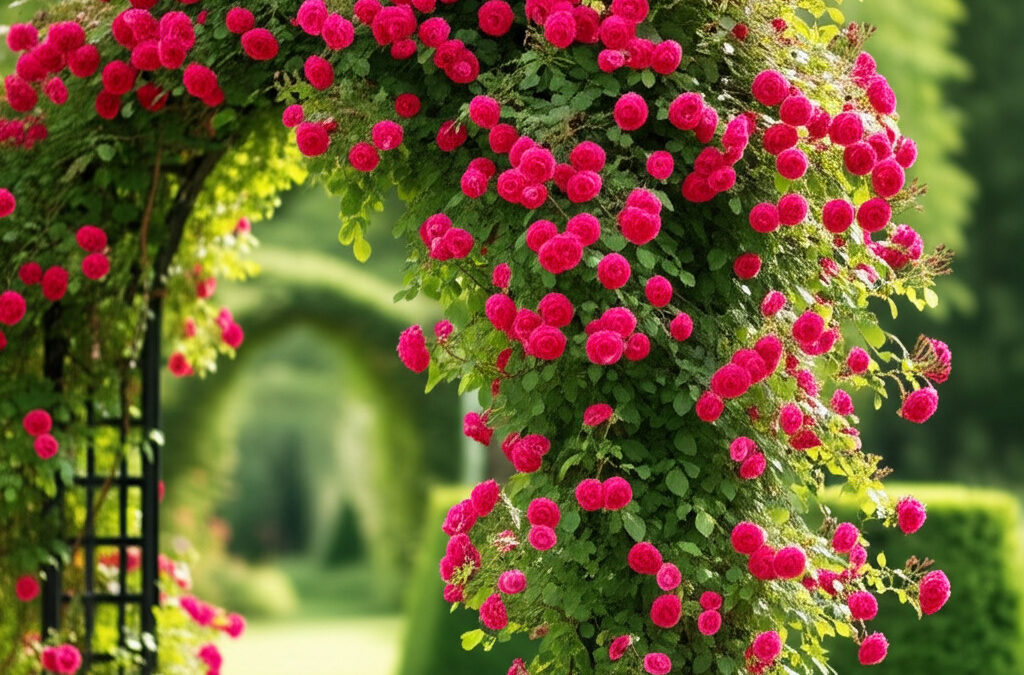Climbing rose bushes are a timeless addition to any garden, bringing elegance, fragrance, and vibrant color to vertical spaces. Unlike their bushy counterparts, these roses are bred to grow long, flexible canes that can be trained to climb trellises, arbors, fences, or even walls. With their ability to transform ordinary structures into living works of art, climbing roses have captivated gardeners for centuries. Whether you’re a seasoned horticulturist or a beginner, understanding their varieties, care, and charm can elevate your outdoor space.

Climbing roses come in two main types: true climbers and ramblers. True climbers, like the popular ‘New Dawn’ or ‘Blaze,’ produce sturdy canes that grow upward, typically reaching 6 to 20 feet. They bloom repeatedly throughout the season, offering a steady display of flowers in shades of red, pink, white, or yellow. Ramblers, such as ‘American Pillar,’ are more vigorous, with softer, sprawling canes that can stretch up to 30 feet. They often bloom once in a spectacular burst, ideal for covering large structures. Choosing between them depends on your garden’s size and aesthetic goals.
Planting climbing roses requires some forethought. They thrive in full sun—six or more hours daily—and well-drained, fertile soil. Dig a hole twice as wide as the root ball, mix in compost, and position the plant so its roots spread comfortably. Water deeply after planting, and mulch to retain moisture. Since these roses don’t naturally cling like vines, you’ll need to secure their canes to a support structure with soft ties, guiding their growth as they mature.
Care is key to their success. Prune in late winter or early spring to remove dead wood and encourage airflow, which prevents disease. Feed them with a balanced fertilizer in spring and again after their first bloom cycle to boost growth. Regular watering—about an inch per week—keeps them healthy, though they’re surprisingly drought-tolerant once established. Watch for pests like aphids or diseases like powdery mildew, treating them promptly with organic or chemical solutions as needed.
The reward? A cascade of blooms that can turn a simple fence into a romantic masterpiece. Climbing roses not only beautify but also attract pollinators, enhancing your garden’s ecosystem. With patience and care, these living sculptures offer years of joy, proving that some of nature’s best art climbs skyward.

